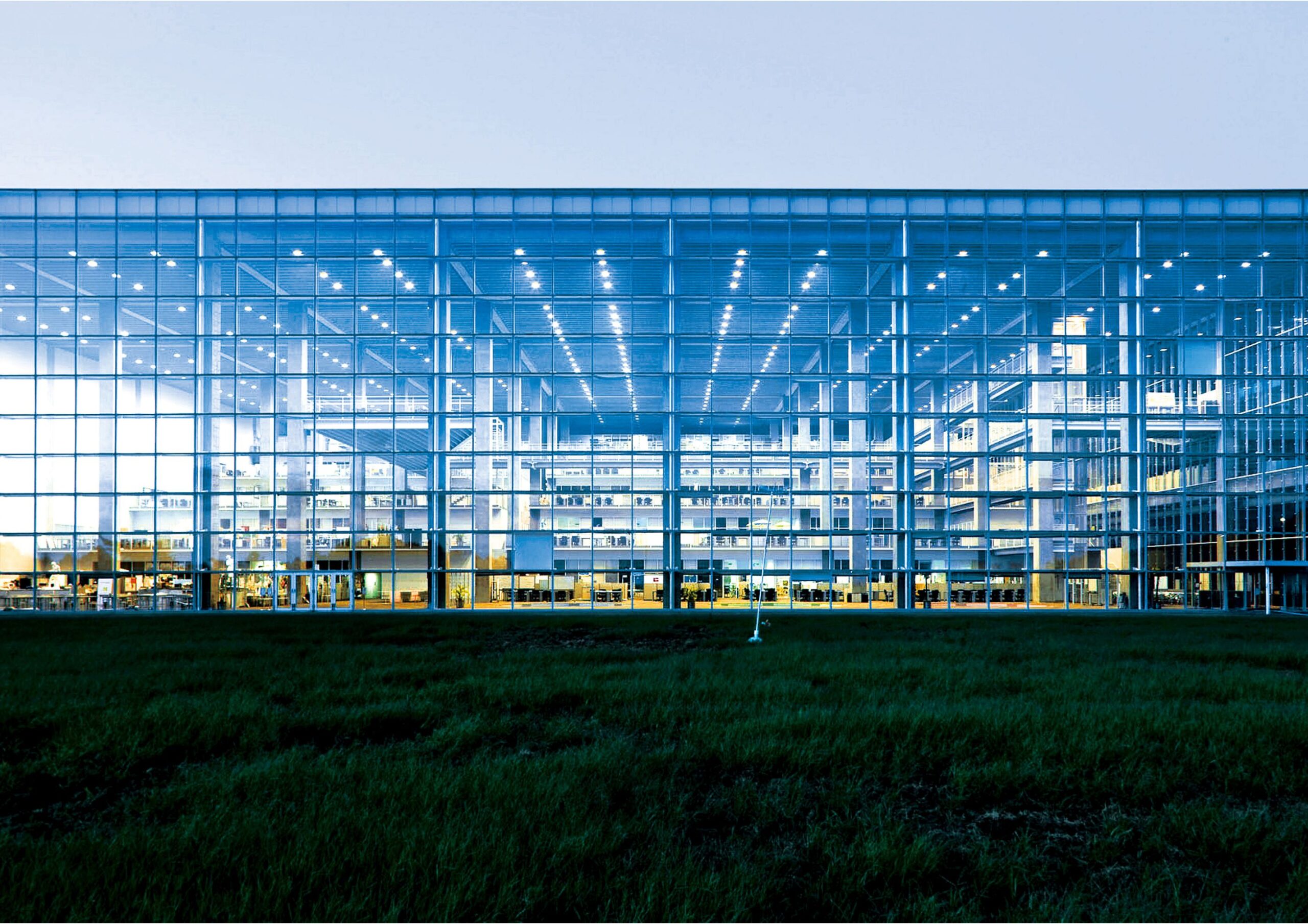
Riken Yamamoto is the Newest Pritzker Prize Laureate
The Pritzker Architecture Prize awarded Riken Yamamoto from Yokohama, Japan, with its 2024 Laureate. This globally recognized accolade acknowledges his prestigious contributions to the field of architecture.
Yamamoto, a staunch advocate for societal integration through architecture, crafts spaces that blend public and private spheres. His work fosters cohesive communities amidst varied cultural and economic landscapes. Challenging conventional views on privacy and independence in urban settings, his shared spaces encourage interaction and mutual support.
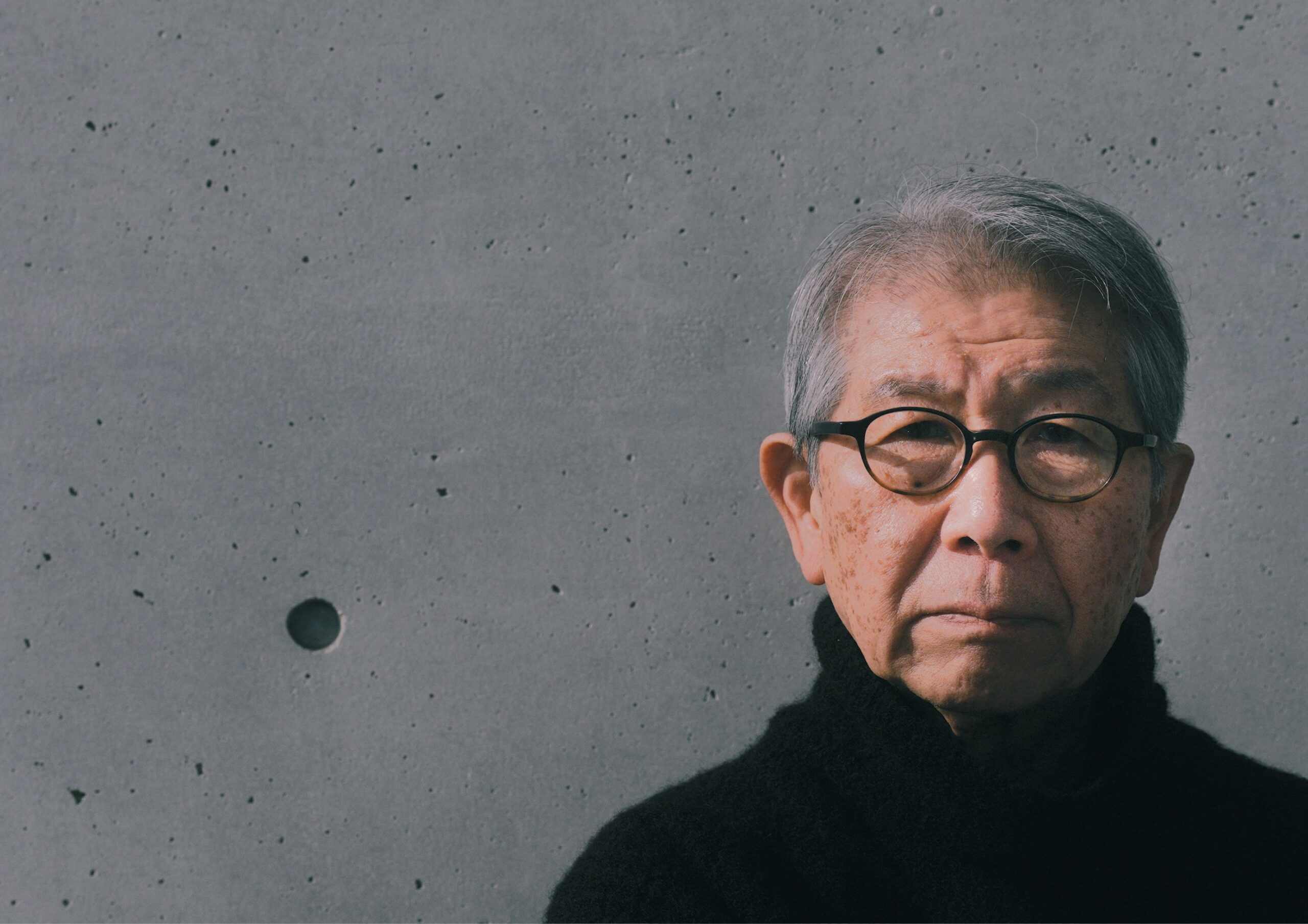
His approach reinterprets freedom and privacy, promoting a community-oriented perspective. For Yamamoto, architecture serves as a conduit for cultural and generational connectivity, and a response to future societal needs.
Yamamoto’s Philosophy on Community and Architecture

Yamamoto articulates his architectural vision as a medium for communal recognition. It critiques the prevailing emphasis on privacy that overlooks the importance of social connections. He envisions spaces that respect individual freedom while promoting an ethos of communal living, enhancing cross-cultural and intergenerational harmony.
The 2024 Pritzker Prize Jury commends Riken Yamamoto for his commitment to community-focused architecture. They emphasize his role in challenging architectural norms to align with social responsibilities and democratic ideals.
Yamamoto’s designs blur the lines between public and private realms, creating spaces for social interaction and community engagement. He designs his buildings, both small and large, with a focus on the life they encase. His body of work encourages transparency and connectivity with the surrounding environment.
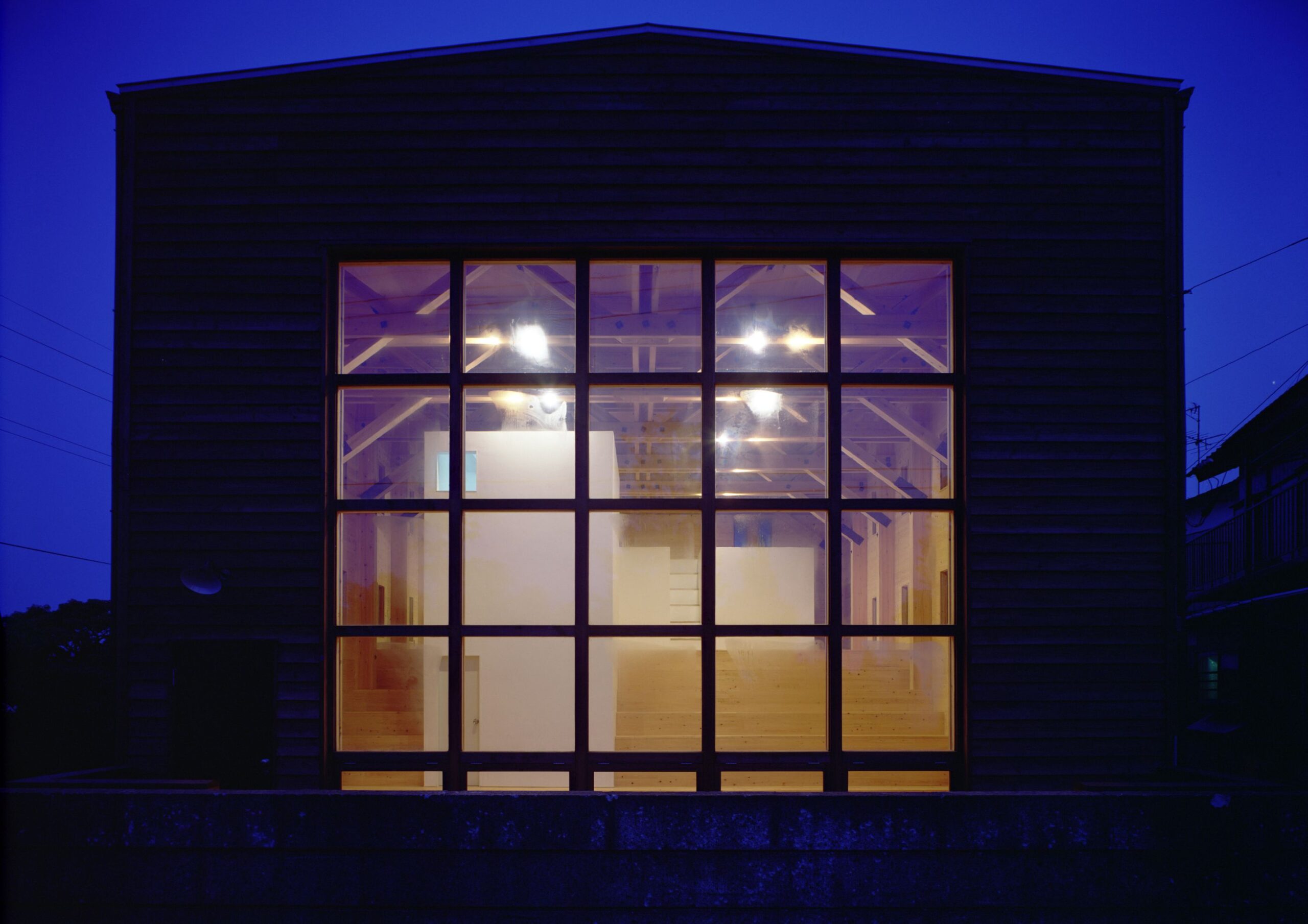
Drawing inspiration from traditional Japanese and Greek housing, Yamamoto integrates communal elements into his designs, fostering interaction and connectivity. His personal residence, GAZEBO, and other projects like Ishii House, illustrate his commitment to community-engaging architecture.
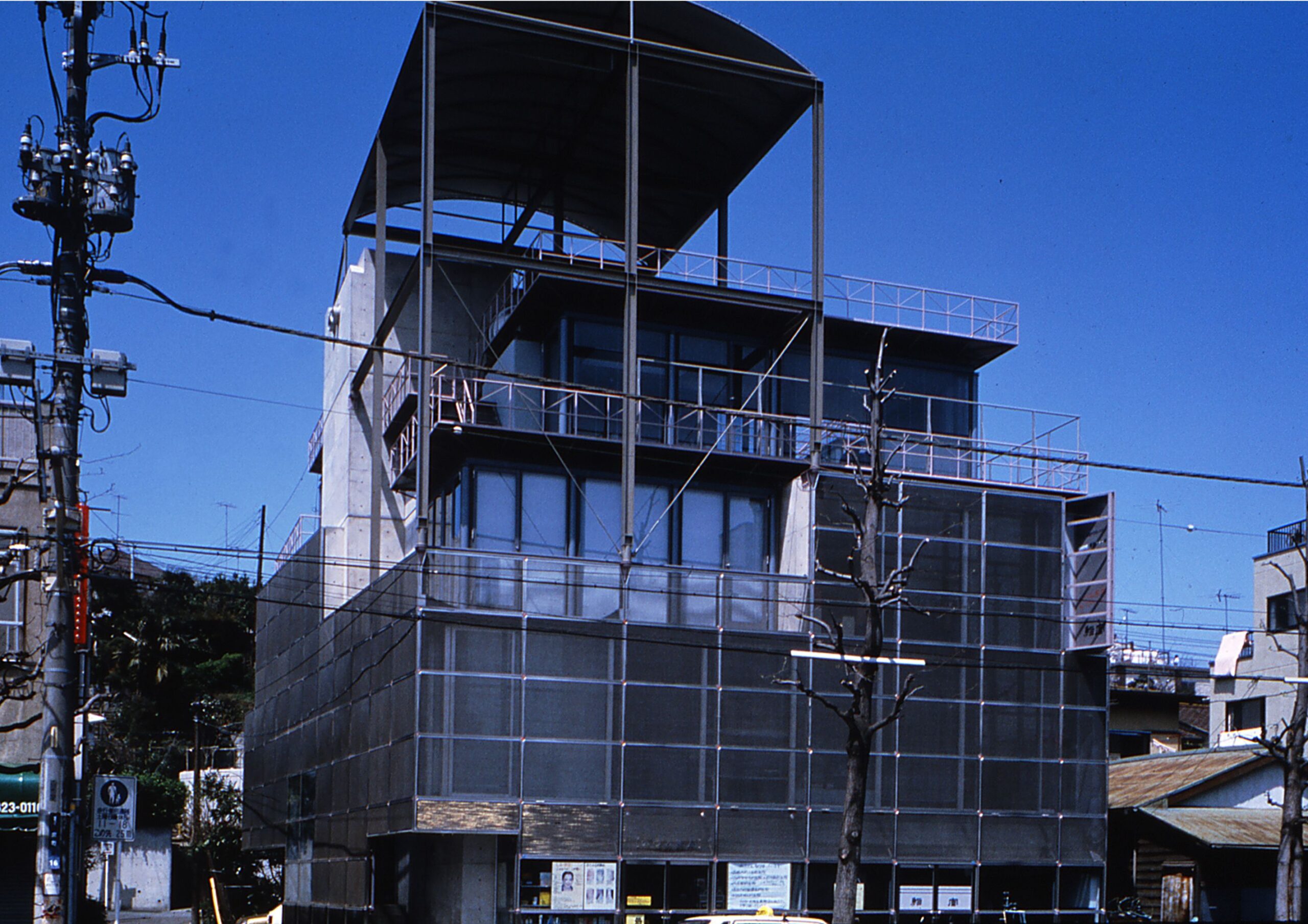

Tom Pritzker, head of the Hyatt Foundation which sponsors the award, praises Yamamoto for his community-centric architectural language. Alejandro Aravena, Jury Chair, highlights Yamamoto’s ability to enhance community life through his architectural designs. Yamamoto’s work extends beyond individual family units to embrace communal living, transforming ordinary settings into extraordinary communal spaces.
Embracing Transparency and Evolution in Design

Projects like Pangyo Housing demonstrate Riken Yamamoto’s focus on communal spaces that encourage neighborly interactions. The project reflects his vision for future urban living that prioritizes community through architectural design. Yamamoto’s civic buildings also embody his philosophy, integrating public functions and transparency to connect with the community. This is clearly apparent in his designs for Hiroshima Nishi Fire Station and Fussa City Hall.
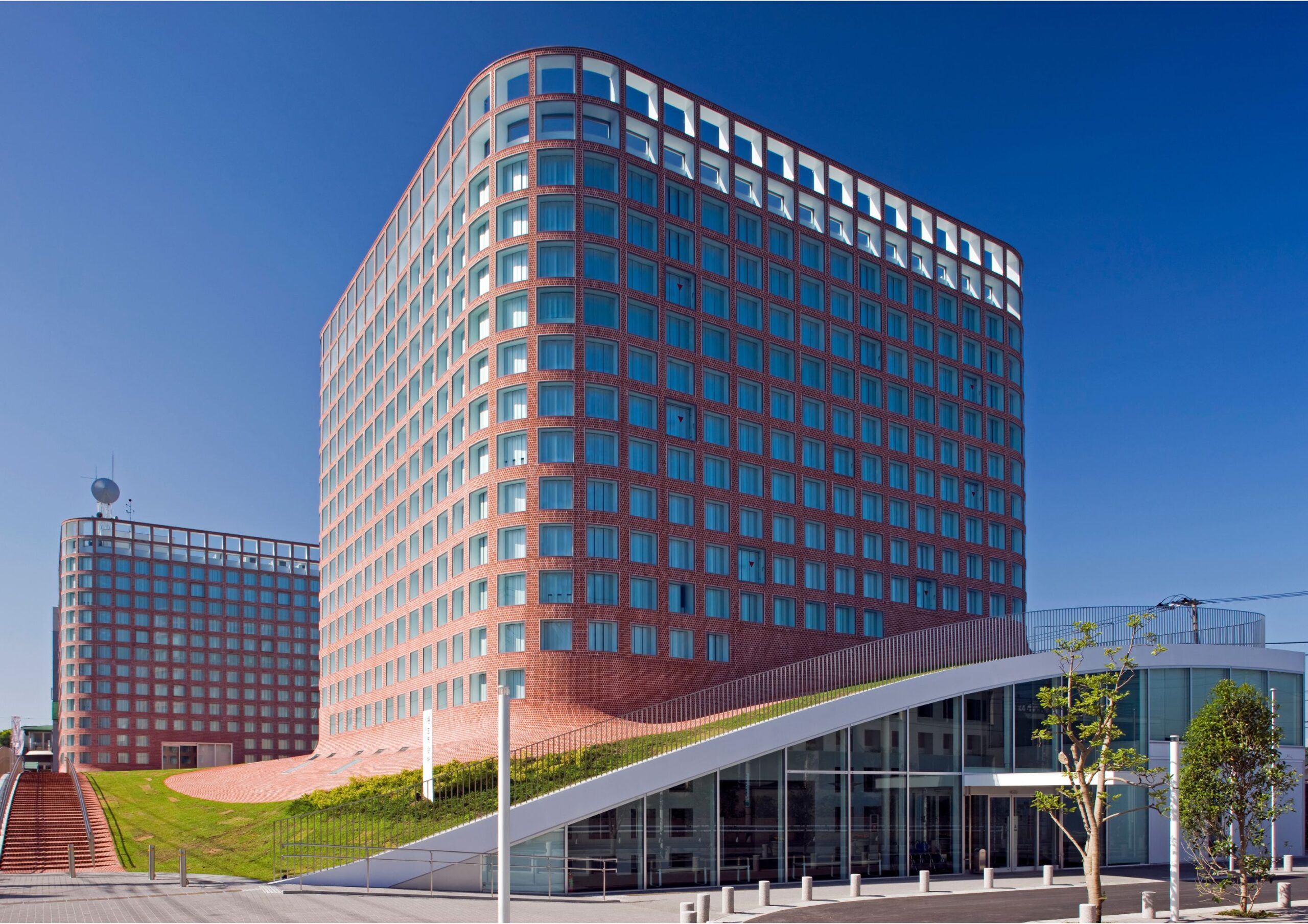
His educational buildings, like Saitama Prefectural University and Koyasu Elementary School, encourage open learning environments and interdisciplinary interactions. The Yokosuka Museum of Art exemplifies Yamamoto’s user-centric design approach. Both offer engaging spaces that resonate with both visitors and locals, blending art with the natural landscape.

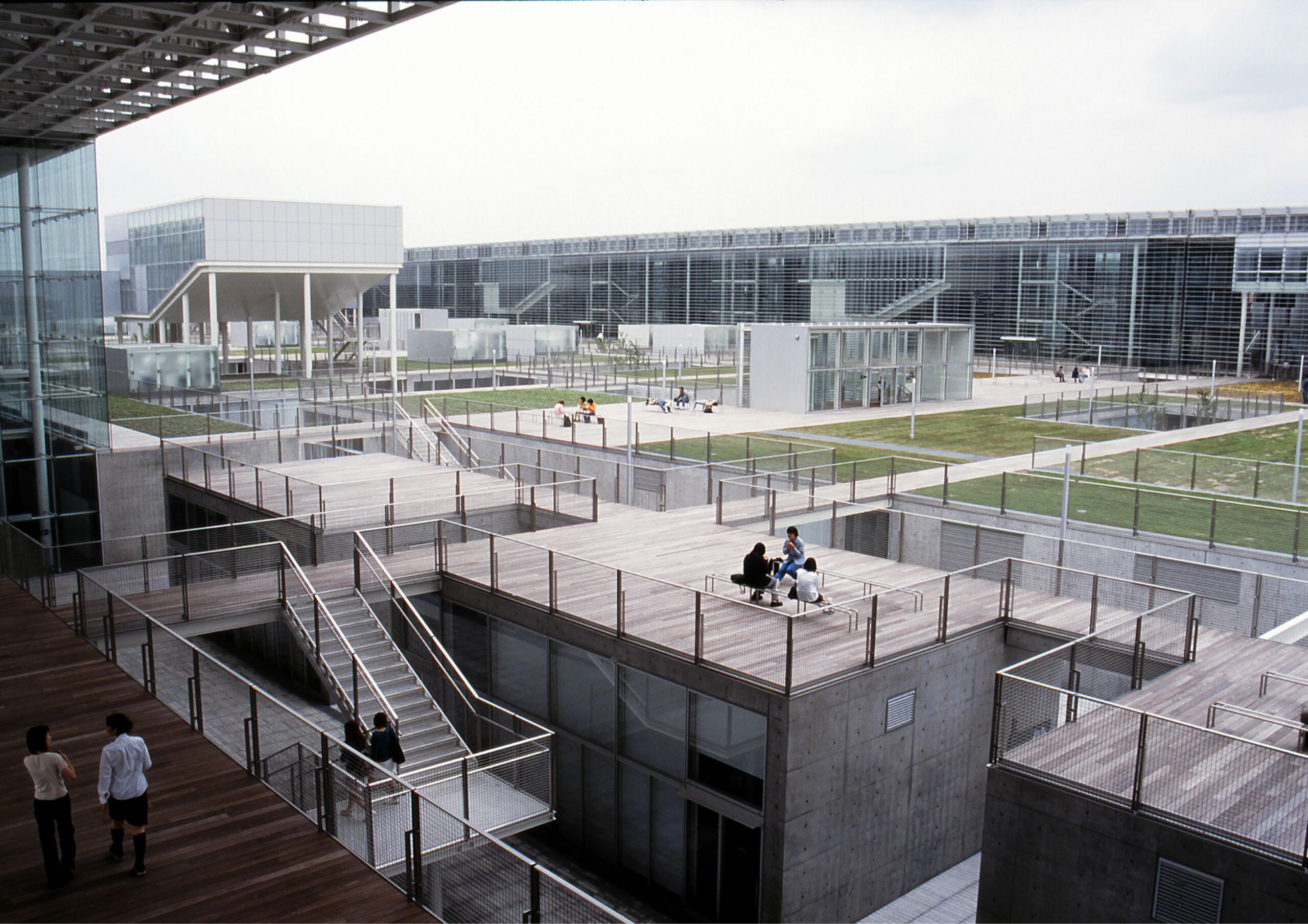
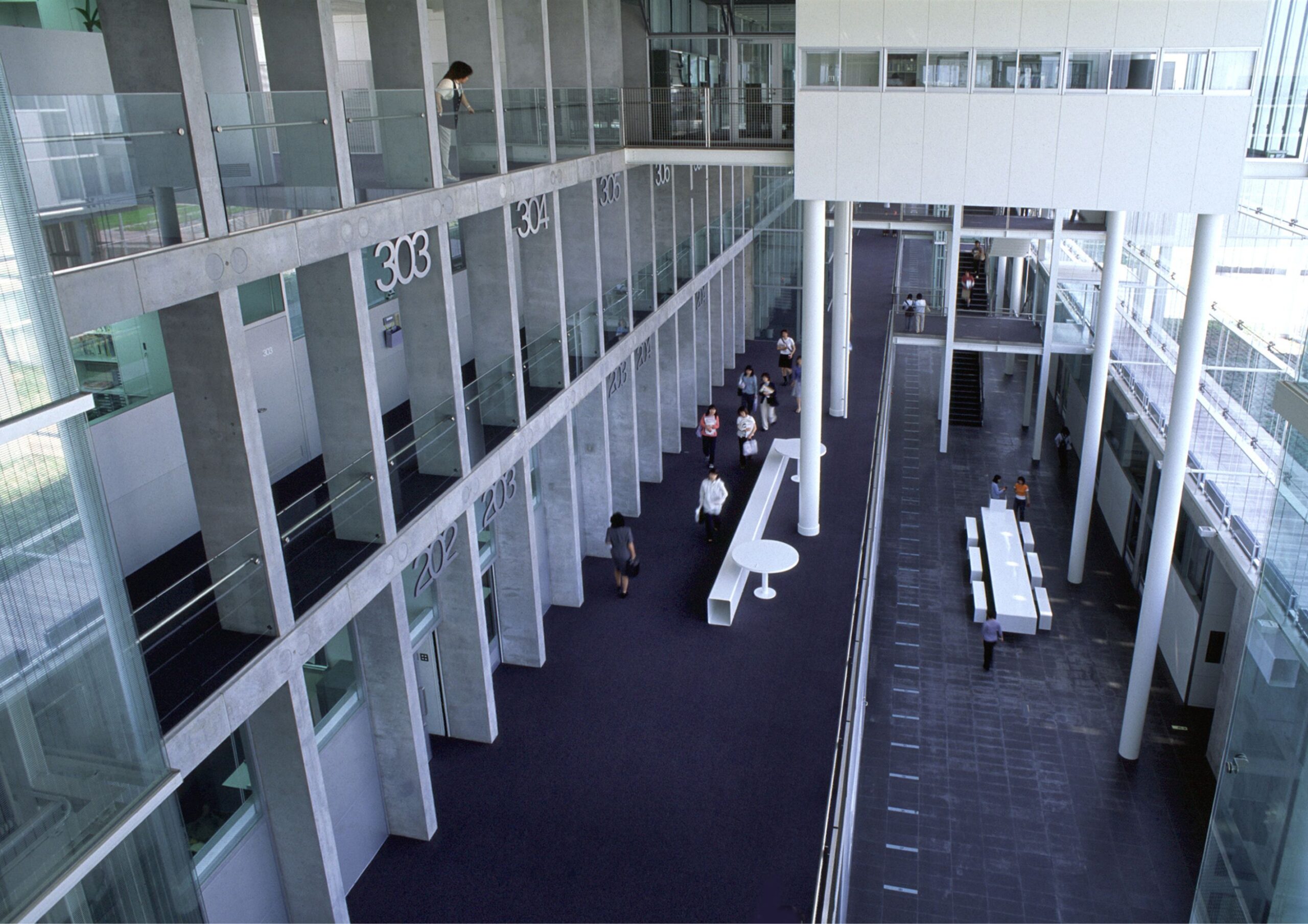

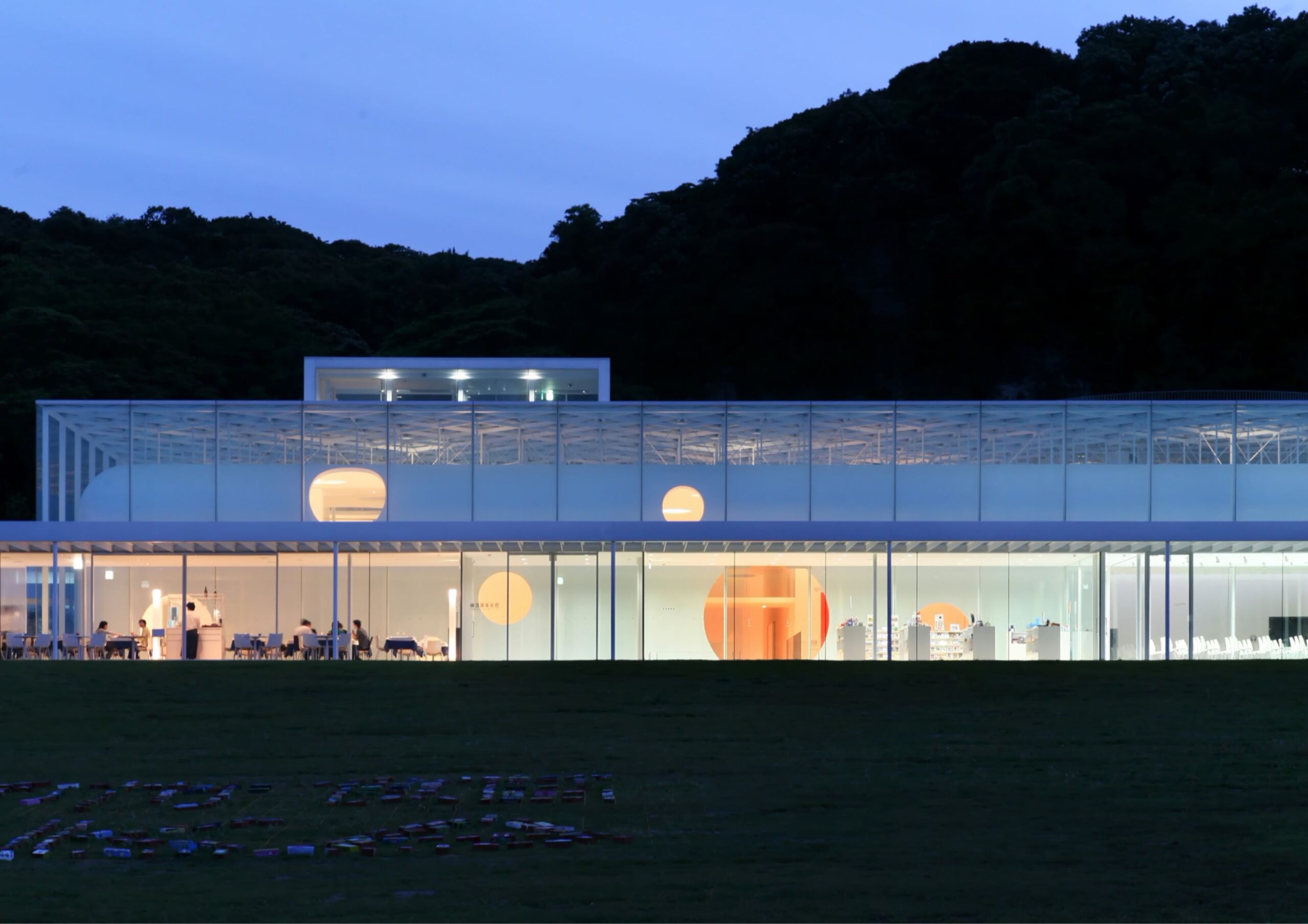
Over his five-decade career, Yamamoto’s work spans a diverse range of projects globally. His contributions significantly add to the architectural landscape in Japan, China, Korea, and Switzerland.
As the 53rd Pritzker Laureate and the ninth from Japan, Riken Yamamoto’s achievements are celebrated, with an upcoming honor event in Chicago and a public lecture scheduled at the Illinois Institute of Technology’s S. R. Crown Hall, showcasing his influential work and vision for architecture’s role in society.
Early Life and Inspiration
Born in 1945 in Beijing, People’s Republic of China, Yamamoto moved to Yokohama, Japan, post-World War II. He grew up in a home that blended traditional Japanese machiya style with modern functionality. It was where he experienced the intersection of family and community life firsthand. “I was always between the family threshold and the community,” he reflects.
Despite losing his father at the age of five, Yamamoto drew inspiration from his father’s engineering career. This steered him on a path toward architecture. A visit to the Kôfuku-ji Temple in Nara, Japan, at 17 years old, deeply influenced his architectural perspective. The Five-storied Pagoda, illuminated by moonlight, captivated him.
“It was very dark, but I could see the wooden tower illuminated by the light of the moon and what I found at that moment was my first experience with architecture,” he mused.
Riken Yamamoto’s Academic Journey and Professional Beginnings
Yamamoto’s academic journey led him from a 1968 graduation at Nihon University’s Department of Architecture. He later earned his Master’s degree from Tokyo University of the Arts in 1971. He established his firm, Riken Yamamoto & Field Shop, in 1973, emphasizing transparency in both design and philosophy.

His urban planning approach shone in projects like Ryokuen-toshi, Inter-Junction City. He mandated passageways through buildings to create cohesion within the community. Larger-scale works, including Saitama Prefectural University and Tianjin Library, showcase his scalability and commitment to societal engagement through architecture.
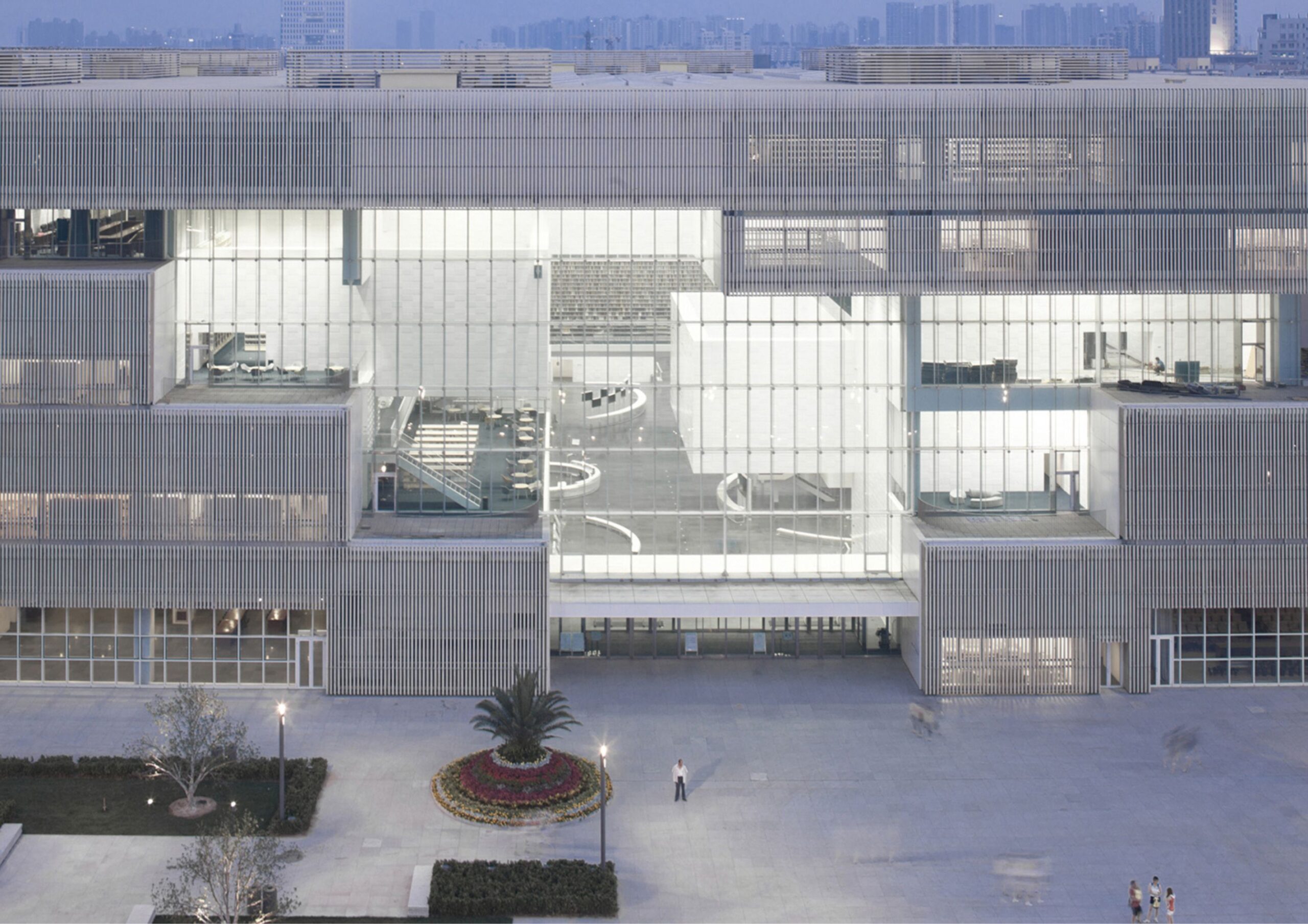
Following the 2011 Tōhoku Earthquake and Tsunami, Yamamoto founded the Local Area Republic Labo and the Local Republic Award to support architectural community initiatives and encourage young architects.
Riken Yamamoto’s teaching career spans several prestigious institutions, including his recent appointment at Kanagawa University. His exploratory journeys with mentor Hiroshi Hara across various continents enriched his understanding of public and private space interplay across cultures.
His career, marked by numerous awards, includes designing spaces that blur the lines between natural and built environments, such as the open-air inspired Yamakawa Villa and the community-focused Hotakubo Housing.
Now an Academician of the International Academy of Architecture, Yamamoto’s contributions to architecture are widely recognized.
About the Pritzker Architecture Prize
The Pritzker Architecture Prize was founded in 1979 by the late Jay A. Pritzker and his wife, Cindy. Its purpose is to honor annually a living architect whose built work demonstrates a combination of those qualities of talent, vision and commitment, which has produced consistent and significant contributions to humanity and the built environment through the art of architecture.

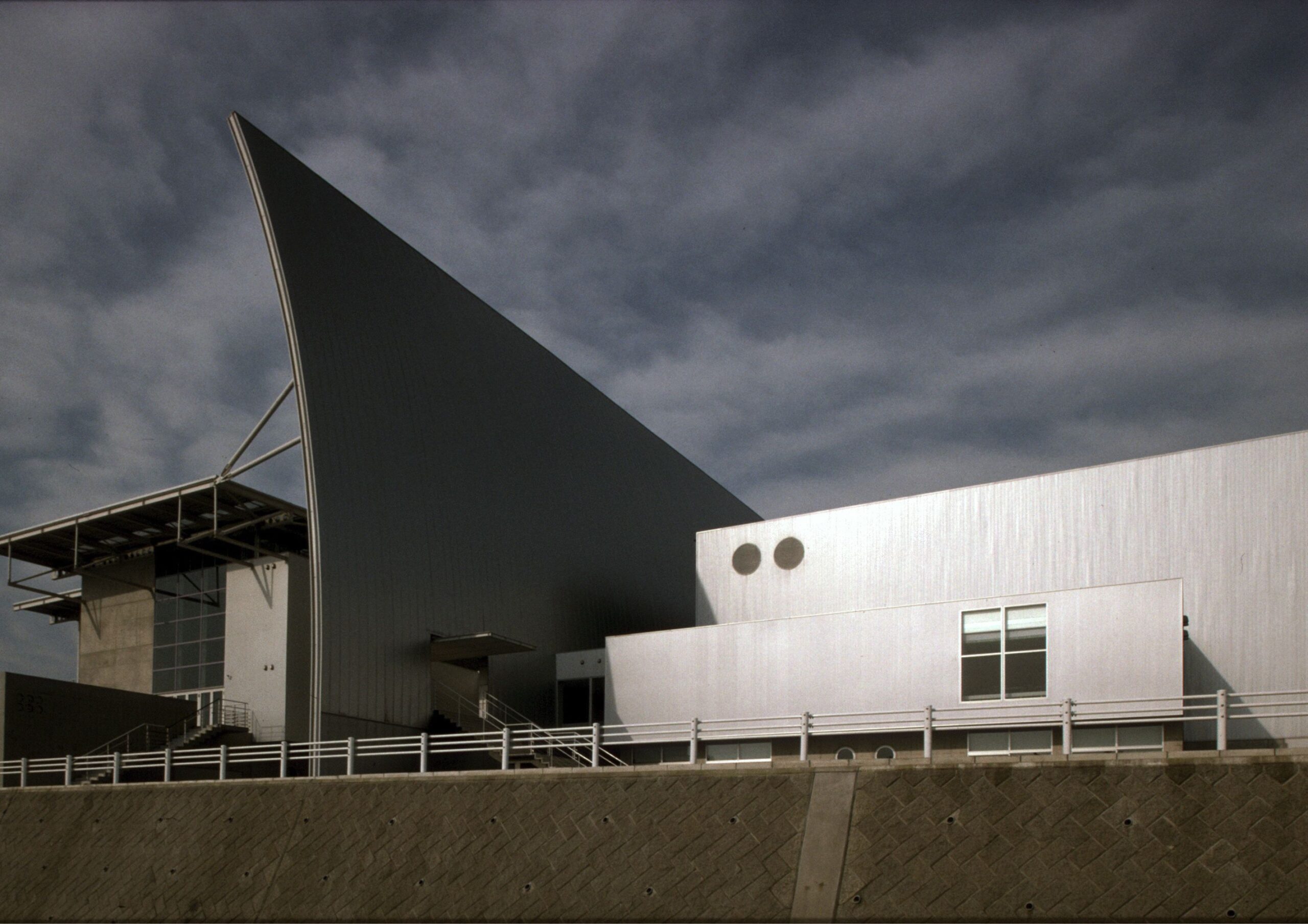
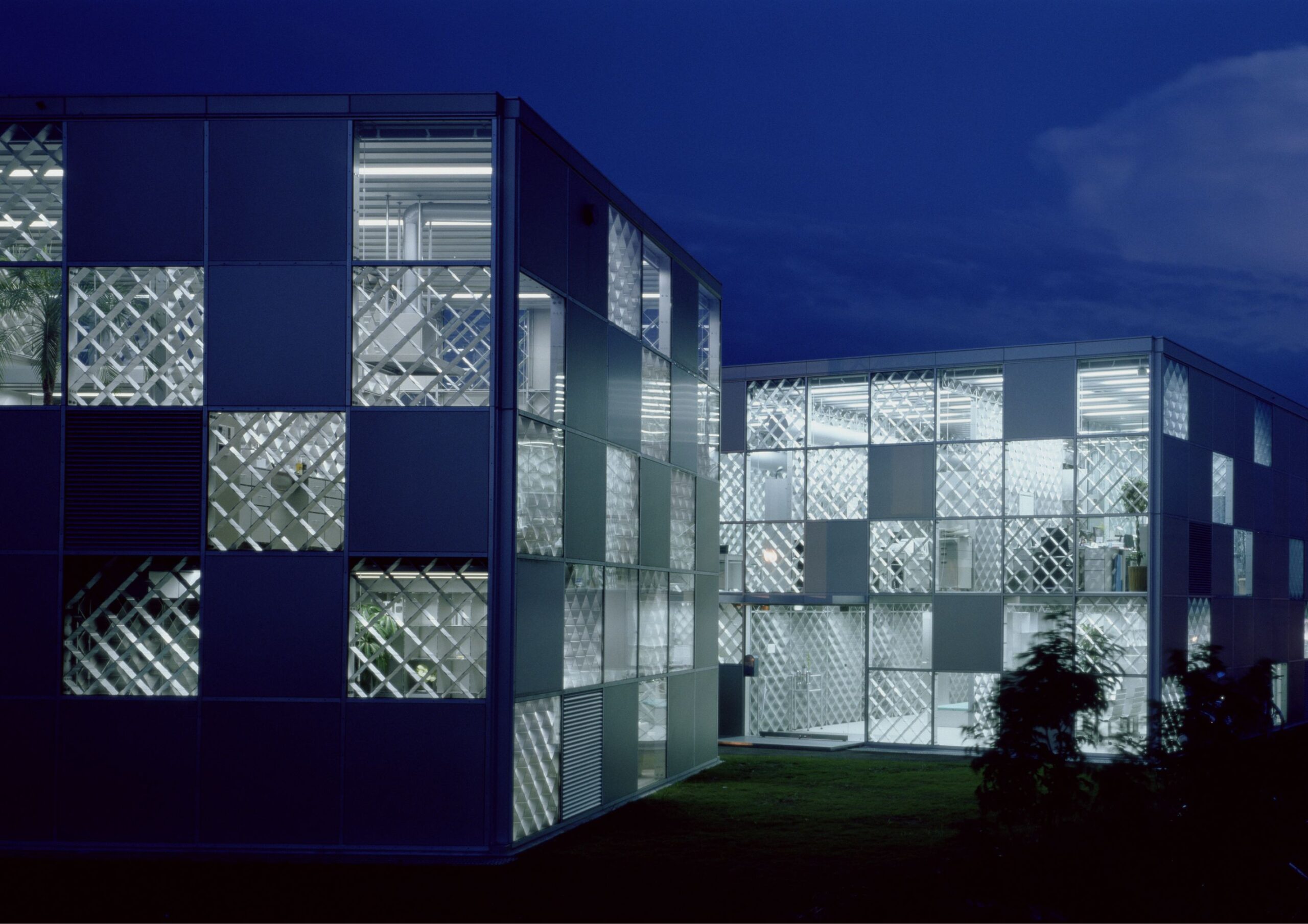
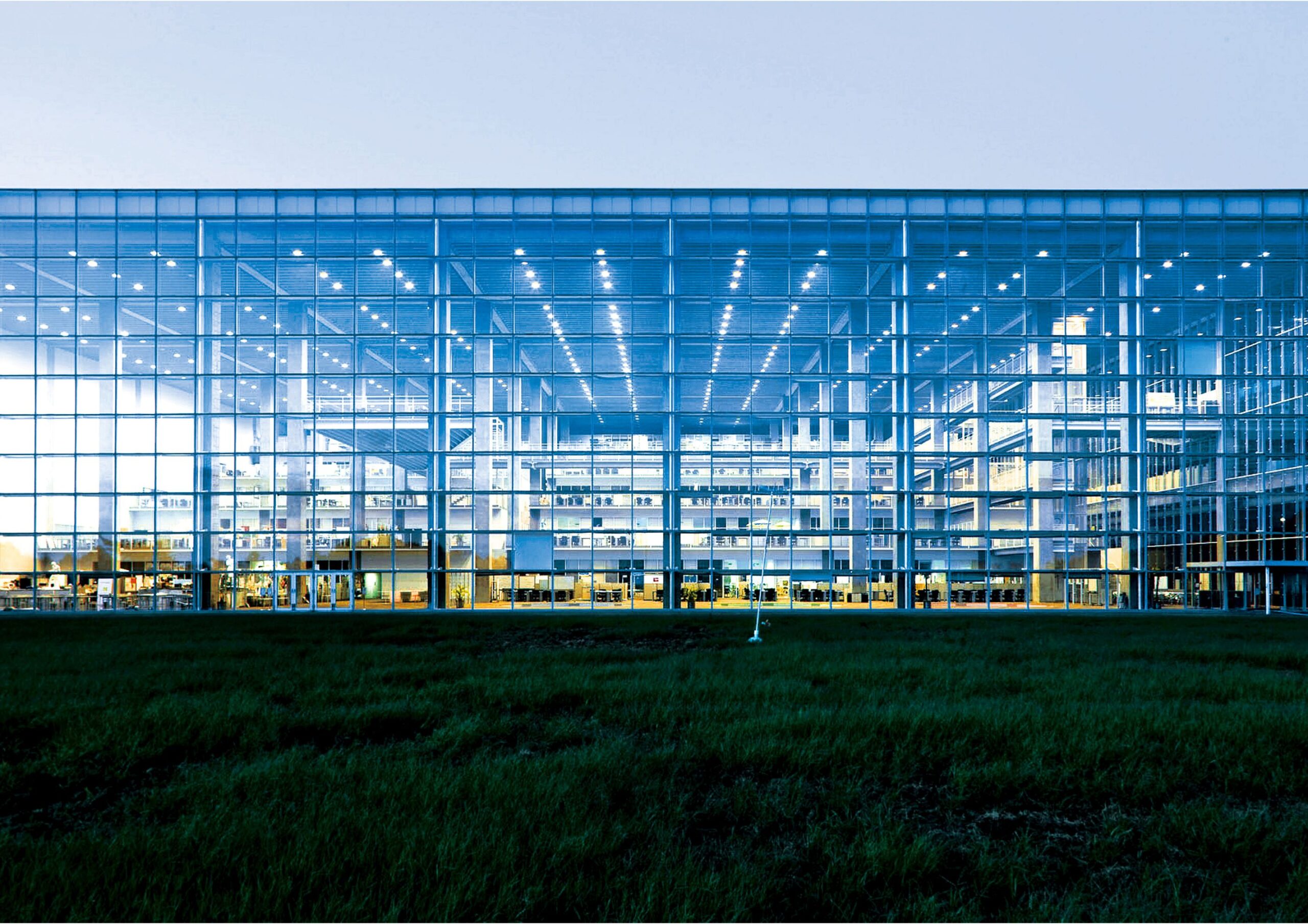
Read more: A Shortlist of Our Favorite Asian Homes in 2023


